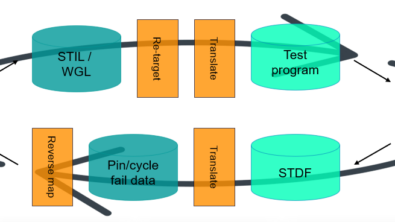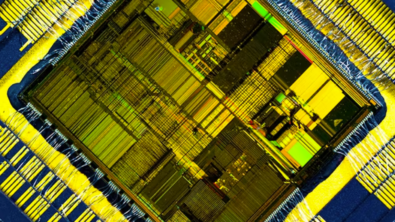Learn How to Use State of the Art Capabilities of The Symphony™ Mixed-Signal Platform: A Solution for Your Design Challenges
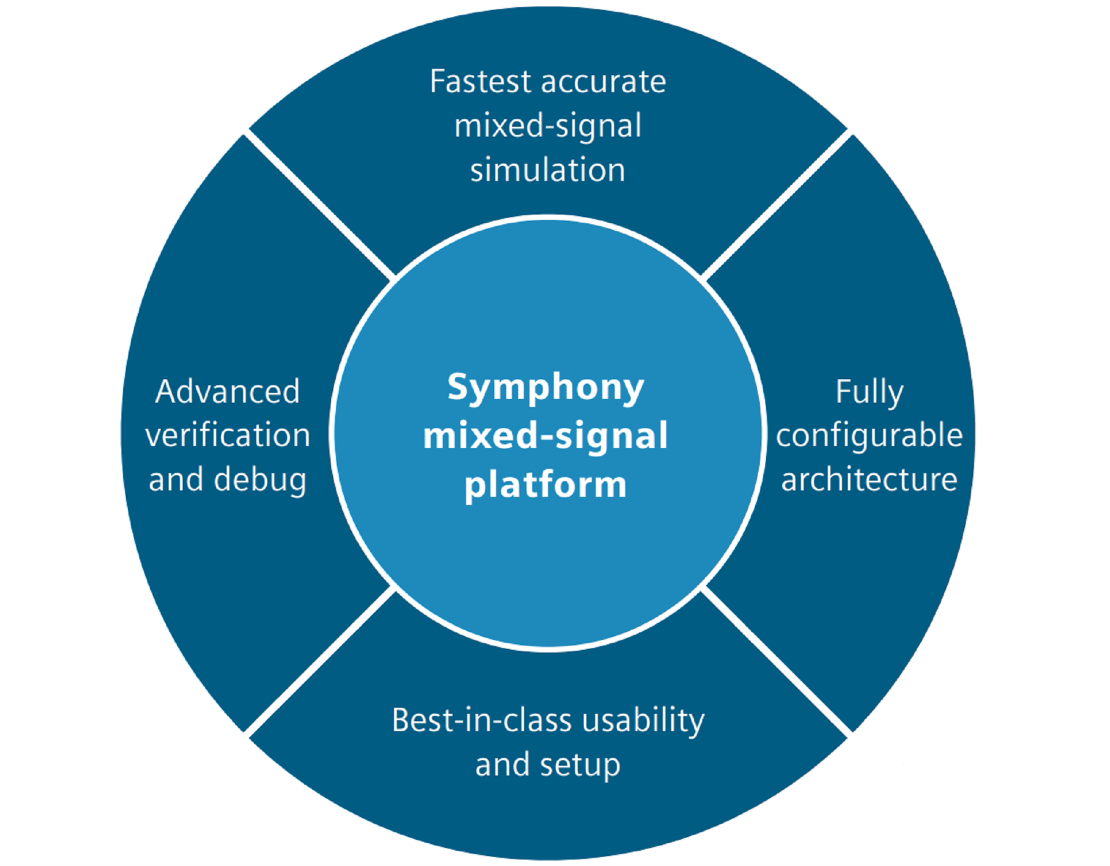
Mixed-signal designers often face challenges because of design complexity, need for shorter time-to-market and increasing need for verification coverage. Siemens EDA’s Symphony™ Mixed-Signal Platform helps designers by offering powerful capabilities for enhanced performance, ease-of-use, advanced debug functionality and reuse of existing infrastructure from analog and digital world.
The Symphony mixed-signal solution is industry’s fastest and most configurable platform to accurately verify design functionality, connectivity, and performance across A/D interfaces at all levels of design hierarchy and for all IC applications. To meet performance expectations and overcome the bottleneck typically encountered with analog solvers, Symphony relies on the nm SPICE accuracy, performance, and capacity of the Analog FastSPICE (AFS) circuit simulator. It also supports a variety of digital simulators and debug tools such as Questa SIM, Visualizer, VCS, Incisive and Xcelium. Symphony provides comprehensive language support. It supports Verilog, SystemVerilog, and VHDL for digital descriptions. Design analog blocks can be described in SPICE and Verilog-A. It supports Verilog-AMS for analog, digital and mixed-signal descriptions.
Symphony has the ability to recycle existing mixed-signal verification setup, keeping the core digital and analog commands separate and unchanged. The setup requires a configuration file to specify glue logic in addition to the original analog and digital simulation commands. This allows designers to bring up and start running complex mixed-signal design setups very quickly.
Further, the performance of Symphony is also boosted by high-speed boundary elements which are A/D and D/A conversion cells. Symphony inserts boundary elements automatically. These are fully configurable. For advanced boundary element debugging, Symphony BE browser allows to graphically visualize the analog and digital portions of the design and gives a searchable representation of mixed-signal nets. These can be cross-referenced to visualization tools such as EZwave. EZwave provides a unified hierarchy for analog and digital signals which reduces the debug time. Symphony also provides interactive Tcl mode which allows users to interact with a running simulation to dynamically and effectively debug their designs.
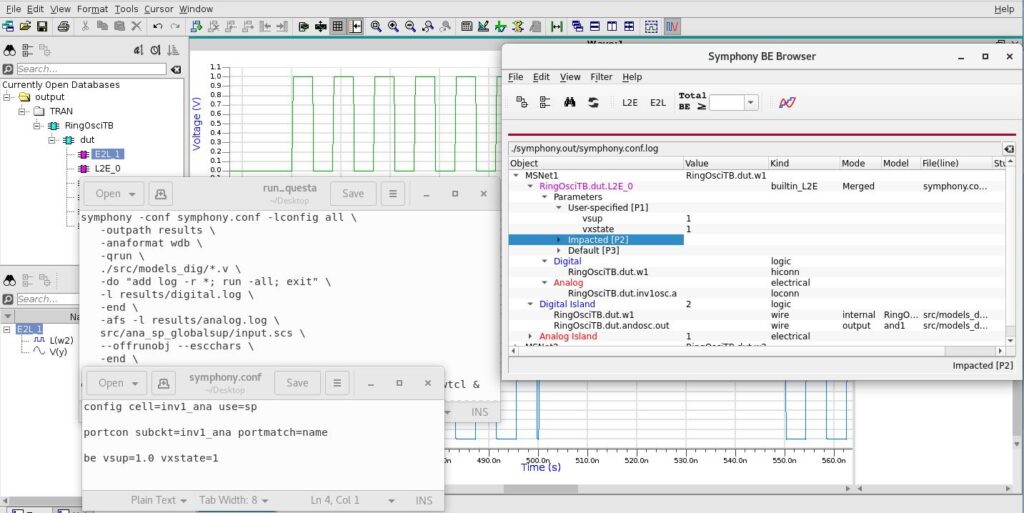
You can learn more about Symphony by visiting the Siemens Xcelerator Academy page, Symphony On-Demand Training where you can have access to training videos, self-assessments, and lab exercises. In this self-paced course you will learn how to leverage fast and versatile Symphony tool and its rich feature set to perform accurate mixed-signal simulations. You will learn about mixed-signal design configuration, configuration and log file management, Boundary element insertion and analysis. You will also be introduced to various simulation features like outpath switch, Analog access functions, Tcl and Verilog AMS support, Transient noise analysis, and using Symphony in Analog Design Environment (ADE). This course includes thirteen chapters containing a total of 24 videos and 19 knowledge checks. Throughout this course, extensive hands-on lab exercises provide you with practical experience using the Symphony tool. Fifteen virtual labs provide ample opportunity to experience concepts presented in the videos. The Symphony Training course is also available as an instructor-led training that you can take either virtually or in a classroom.
After completing the course, you can test your knowledge and differentiate yourself by taking our Certification Exam and earn a verified Symphony Level 1 digital badge!
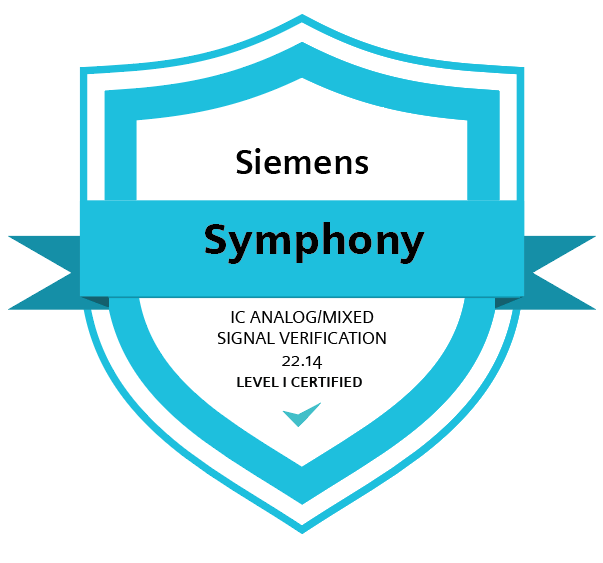
Authors:
Indu Yadav, Customer Training Engineer, Siemens EDA Learning Services
Shree Shourya NR, Customer Training Engineer, Siemens EDA Learning Services
